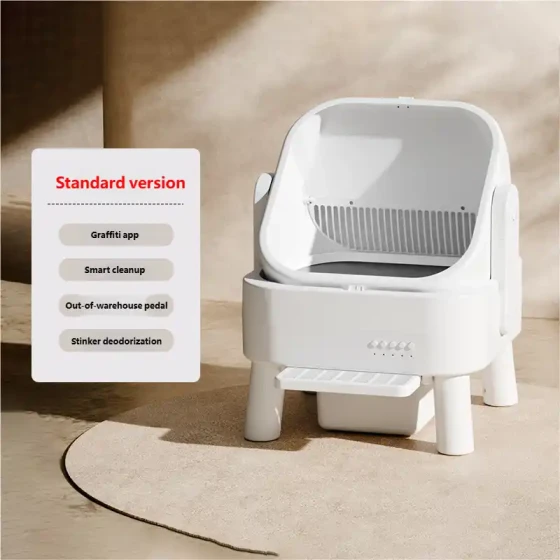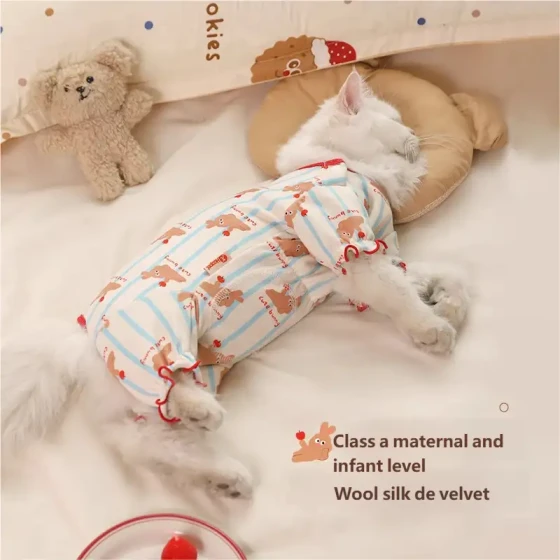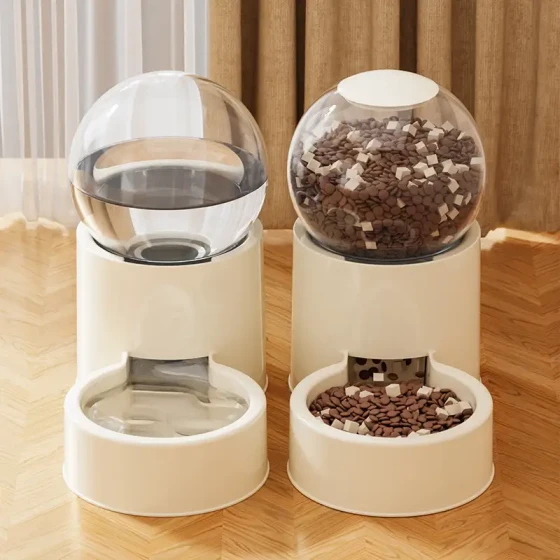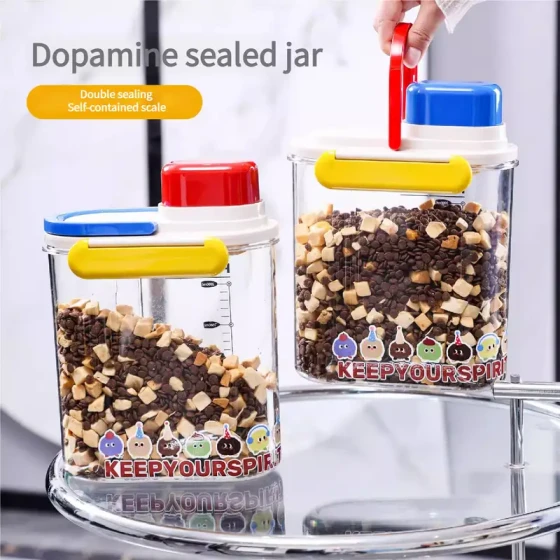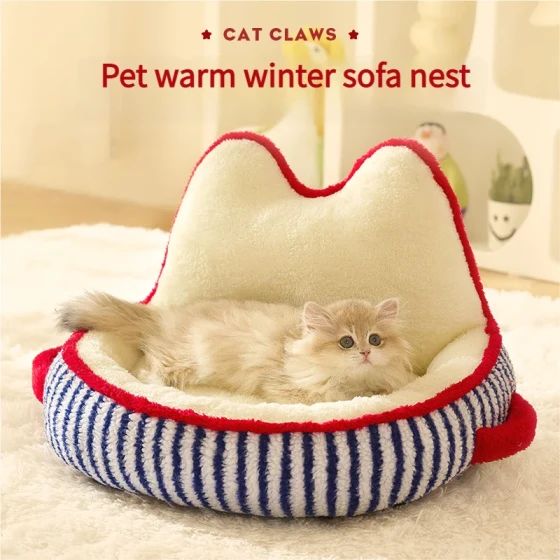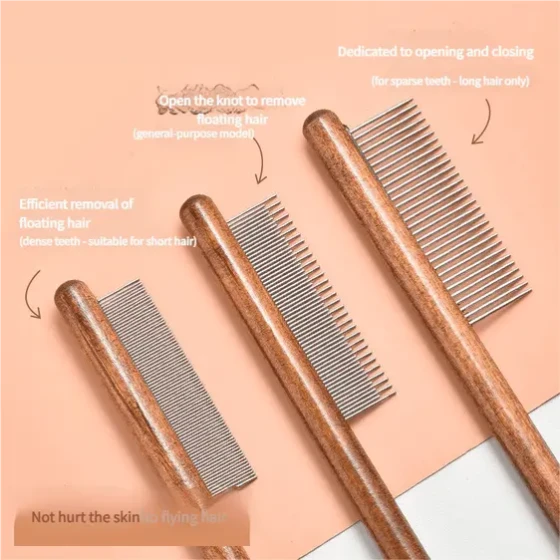How Long Can Ragdoll Cats Live_Revealing the Average Lifespan and Longevity Secrets of Ragdoll Cats
Ragdoll cats, known as the “fairy cats,” have won countless owners’ hearts with their gentle temperament, beautiful blue eyes, and soft fur. Many people considering owning a Ragdoll cat not only care about their appearance and personality but also pay great attention to their lifespan. So, how long can a Ragdoll cat actually live? Generally, the average lifespan of a Ragdoll cat ranges from 12 to 17 years, but through scientific feeding and meticulous care, some Ragdolls can even live beyond 20 years, accompanying their owners through a long and wonderful time.
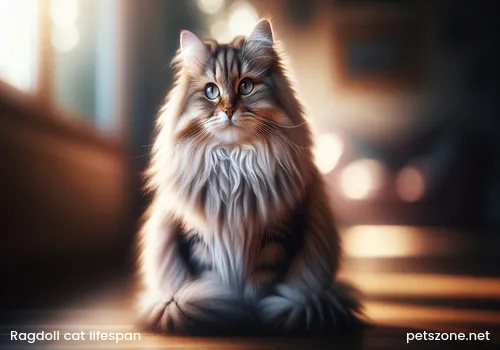
The lifespan of Ragdoll cats is influenced by many factors, just like humans’ lifespans vary. Genetic inheritance, living environment, dietary habits, daily care, and regular check-ups all play important roles. Understanding these factors and taking corresponding measures helps us better care for Ragdolls, allowing them to live healthy and long lives.
Key Factors Affecting the Lifespan of Ragdoll Cats
The lifespan of Ragdoll cats is not a fixed number; it is affected by various internal and external factors together.
1. Genetic Factors
As purebred cats, Ragdolls may be affected by inherited diseases during breeding. For example, hypertrophic cardiomyopathy (HCM) is a common hereditary heart disease in Ragdolls that affects normal heart muscle function and may cause sudden death in severe cases. Polycystic kidney disease (PKD) is another genetic issue Ragdolls might face; it impairs kidney function. Choosing reputable breeders, understanding the cat’s family health history, and conducting related genetic testing can help avoid these risks to some extent.
2. Living Environment
Ragdoll cats are suited for indoor living. An indoor environment can effectively avoid many outdoor risks such as traffic accidents, attacks by other animals, and exposure to infectious diseases, all of which significantly increase their survival chances and lifespan. Providing a safe, comfortable living space with enough room to move and toys is crucial for their physical and mental health. They enjoy interacting with people, and sufficient companionship and care can keep them happy. This is like the saying “happy mind, healthy body.” Although Ragdolls are naturally large-bodied, good mood indeed benefits their overall health.
3. Diet and Nutrition
A balanced and high-quality diet is the foundation for maintaining the health and prolonging the lifespan of Ragdolls. Choose cat food appropriate for their age and physiological stage to ensure sufficient protein, vitamins, and minerals. Although Ragdolls are large, that does not mean unlimited feeding; avoid overfeeding that leads to obesity. Obesity increases the risk of heart disease, joint problems, diabetes, and other health issues. Also, ensuring cats always have access to clean, fresh water is very important to maintain urinary system health and prevent urinary tract diseases.
4. Daily Care
Meticulous daily care keeps Ragdolls disease-free. Ragdolls have beautiful long fur that is relatively resistant to matting but still requires regular grooming to remove dead hair and reduce hairball formation. Hairballs can accumulate in the digestive tract and cause digestive problems. Regularly brushing their teeth and maintaining oral hygiene can prevent tartar and periodontal disease, which can affect overall health if developed long-term.
5. Regular Health Check-ups
Just like people need physical exams, regularly taking Ragdolls to the vet for health check-ups is very important. Vets can detect potential health problems early for prompt treatment. Especially as they age, senior Ragdolls are prone to chronic diseases, and regular check-ups help better manage their health. Regular vaccinations and deworming are also essential to prevent various infectious diseases and parasites.
6. Spaying/Neutering
Spaying or neutering at an appropriate age also positively affects the health and lifespan of Ragdolls. It reduces the risk of reproductive system diseases such as pyometra and ovarian cysts in female cats and testicular cancer in male cats.
Secrets to Prolonging Ragdoll Cats’ Lifespan
After understanding the factors affecting the lifespan of Ragdolls, we can take targeted measures to help our “little fleece jackets” live longer and healthier.
- Provide high-quality diet: Choose nutritionally balanced cat food suitable for the Ragdoll’s growth stage, control feeding amounts, avoid excessive treats, and prevent obesity.
- Create a safe and comfortable indoor environment: Ragdolls are more suited for indoor life to reduce outdoor risks. Provide them with ample activity space, cat trees, and toys to meet their activity needs.
- Emphasize daily care: Regular grooming, ear cleaning, nail trimming, and tooth brushing to maintain cleanliness and hygiene.
- Regular health check-ups: Take cats for a thorough annual physical exam to detect and treat potential diseases early. Increase examination frequency for senior cats.
- Focus on mental health: Ragdolls are very affectionate and need owner companionship and interaction. Spend time playing and petting them to build a deep emotional bond and relieve stress.
- Spay/neuter at the appropriate age: If no breeding plan, consider spaying/neutering under veterinary advice to prevent multiple diseases and extend lifespan.
- Observe behavior changes: Owners should carefully monitor daily behavior, appetite, and mental state. If abnormalities appear, promptly visit the vet. Cats hide pain well, and early disease symptoms may be subtle, so careful observation is crucial.
Frequently Asked Questions
Q: What is the average lifespan of a Ragdoll cat?
A: The average lifespan of a Ragdoll cat is usually between 12 and 17 years.
Q: Why can some Ragdoll cats live beyond 20 years?
A: Ragdolls living beyond 20 years typically have good genetic backgrounds and receive meticulous care during growth, including scientific feeding, a good living environment, regular health check-ups, and ample love and companionship.
Q: What diseases are Ragdolls prone to?
A: Ragdolls are relatively healthy but may have common hereditary or prone-to diseases such as hypertrophic cardiomyopathy (HCM), polycystic kidney disease (PKD), urinary tract diseases, dental issues, and obesity.
Q: How to determine if a Ragdoll cat is healthy?
A: A healthy Ragdoll cat should be alert, have normal appetite, regular elimination, shiny and smooth fur, bright and clear eyes, and moist, cool nose. Regularly observe their behavior and physical state, and take them to the vet for check-ups to determine their health status.
Summary
Ragdoll cats are a breed with a relatively long lifespan, generally accompanying us for over a decade or even longer. Their lifespan is influenced by many factors, with the owner's care playing a critical role. By providing high-quality diet, safe and comfortable living environment, meticulous daily care, regular health check-ups, and sufficient love and companionship, we can maximize the lifespan of Ragdolls, allowing these beautiful “ragdolls” to create more wonderful memories with us. Treat them as family members with heartfelt love and care, and your Ragdoll cat will surely grow healthy and happy, accompanying you through many more years.
